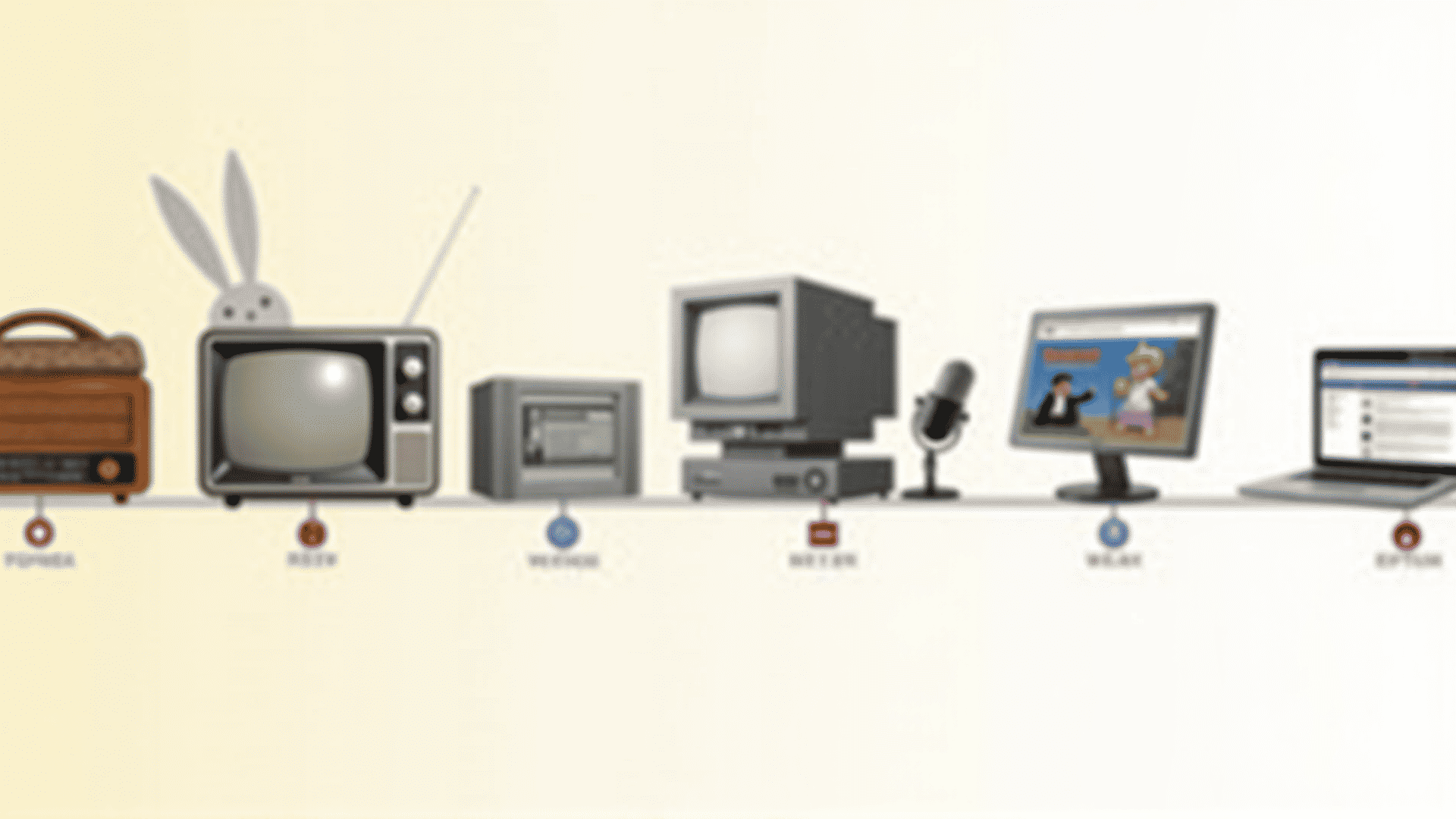Public media has played a pivotal role in shaping public discourse over the years. Its evolution is a testament to the changing landscape of information dissemination and societal interaction. By tracing its journey, we can better understand how public media has influenced societal values and prompted discussions around media sociology.
The roots of public media can be traced back to the early 20th century with the rise of radio broadcasts. Radio became a powerful tool for mass communication, offering news, educational programs, and entertainment to a broad audience. Its ability to reach remote areas bridged social gaps, allowing information to flow freely to parts of the population previously isolated from mainstream discourse.
As technology advanced, the advent of television in the mid-20th century further revolutionized public media. Television brought visual storytelling to the forefront, captivating audiences and providing a shared media experience. Public broadcasting services, like the BBC in the United Kingdom and PBS in the United States, emerged as trusted sources of information, dedicated to educating and informing the populace without relying on sensationalism.
The role of public media was to serve as a neutral platform where significant societal issues could be discussed. It facilitated conversations around crucial topics like civil rights, social justice, and environmental concerns. By providing diverse perspectives, public media helped to reflect and shape collective values, often challenging the status quo and prompting societal introspection.
With the digital age's onset, public media expanded into the online realm, adapting to the needs of an increasingly connected world. The internet has democratized information, allowing for broader participation and inclusivity. Public media organizations have embraced digital platforms to reach audiences where they are increasingly consuming content—on their devices, at their convenience.
However, the digital era has also presented challenges for public media. The proliferation of misinformation and the rapid spread of unverified content online have raised questions about credibility and responsibility. Public media entities have had to navigate this landscape by doubling down on fact-based reporting and media literacy initiatives, striving to maintain public trust in an age of information overload.
In their commitment to public service, these organizations have evolved from traditional broadcasters to multifaceted media houses. They now engage with audiences through podcasts, social media, and interactive platforms, fostering a more participatory form of media consumption. This evolution reflects a shift from a one-way communication model to a more dynamic and interactive engagement with the public.
Public media remains an essential pillar of democratic societies, upholding the values of transparency, accountability, and education. By providing citizens with reliable information and a platform for diverse voices, it continues to play a critical role in shaping informed and engaged citizens.
As we look to the future, the challenge for public media will be to innovate and adapt while staying true to its core mission. Balancing the need for technological advancement with the responsibility to provide fact-based content will be crucial. Public media’s evolution is far from over, and its ongoing journey will undoubtedly continue to influence the ways in which societies communicate, connect, and evolve.
